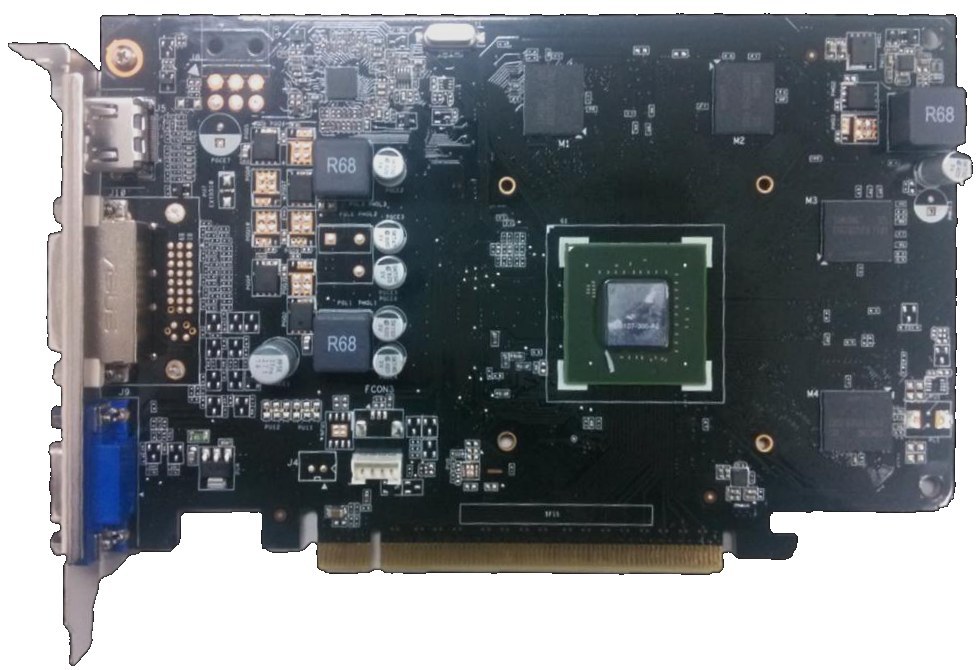- Joined
- Feb 13, 2012
- Messages
- 522 (0.12/day)
Exactly, they are still on 28Nm and effectively shrank the die by clipping the memory bus, and other changes. But still being 960 Cuda part I can't see some 50% improvement on efficiency, all while higher clocks… on 20Nm perhaps. If they can find a 20% improvement for a 960 Cuda part they'll be doing great. While the 768 Cuda part on GK106 was 110W, I’ve no issue saying they can get it to be 75W.
If wrong and they're better... all the better, but given the information we have to scrutinize it seems to be shaping up as such. Holding to 28Nm is probably one of the biggest limiting issues to the efficiency. Maxwell it's self is evolutionary; it's 20Nm/Denver/UVM that will make it revolutionary.
Well remember this is Maxwell and not Kepler, and nvidia stated Maxwell is designed specifically for mobile and efficiency. If you look at the big picture nvidia started with Fermi all about compute but then back pedaled with Kepler and went all about efficiency and mobile. So each compute unit now has less compute resources and is geared more towards graphics unlike amd where in sea islands they pretty much only improved compute and did almost nothing to the graphics other than some Fine tuning for efficiency. So what do we have now? Bonaire and this gk107 both measuring around 160mm2 but with nvidia packing more cores on the same process. And with nvidia being about 20% faster than gcn per core for graphics intensive tasks, but then being Much behind in compute. It's obvious this is a direct competitor to Bonaire and performing about the same as GTX650boost but closer to a GTX660 when bandwidth is not as needed all with a smaller die meaning better efficiency. And to those who wonder why nvidia would release such a part that performs similar to the ones before? Because nvidia was competing with amds 160mm2 Bonaire with a 220mm2 go106 chip that had a few parts disabled which I bet still cost more.




